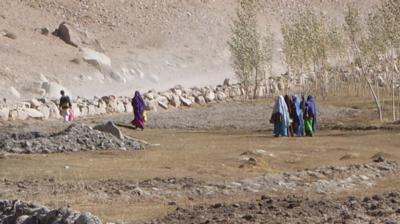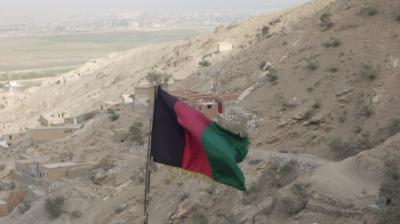Women on the Bench: The Role of Female Judges in Fragile States
In long-established western democracies, women have made inroads as judges only during the past few decades. In post-conflict and transitional developing countries, however, they constitute an increasingly larger proportion of judges. Why is this so? Situations of political rupture generally create new opportunity structures; some may favour the entry of women into public positions of power. Post-conflict assistance often includes gender friendly rule of law reforms, and the conflict itself may have placed rights issues in focus. How these conditions affect women’s access to, and utilization of, positions of judicial power has not received much attention in the literature.
This project addresses this by exploring: What are the main pathways of women judges to the bench? What are the gendered experiences of women on the bench? How and in what ways does having more women on the bench impact on judicial outcomes – specifically on cases involving violence against women and children? In essence, what difference do women judges make?
The project is a partnership between CMI and the Overseas Development Institute (ODI) and the Department of Comparative Politics, University of Bergen (UoB).
The core project team consist of Elin Skaar (CMI, project head), Pilar Domingo (ODI), and Siri Gloppen (UoB).
Participating researchers include: Rachel Sieder; Ruth Rubio-Marín; Torunn Wimpelmann; Antonio De Lauri, Aslak Orre, Margareth Nangacovie, and Ana Braconnier.
Marianne Tøraasen is the PhD candidate on the Women on the Bench project, writing her dissertation on Haiti.
We also have an excellent project reference group consisting of Monica Kirya, Erika Rackley, Ulrike Schultz, Astri Suhrke, and Georgina Waylen.

















